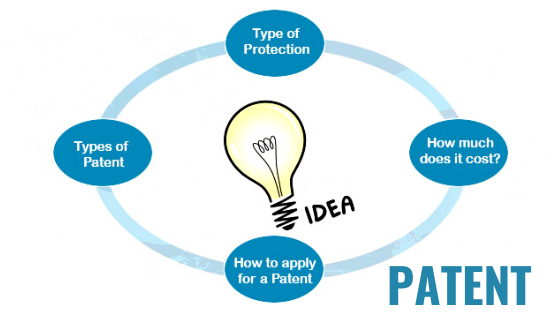Owning land in Kentucky can be a smart investment—or a lingering liability. If your property isn’t generating income, attracting buyers, or serving a clear purpose, it’s costing you. Property taxes, maintenance, and missed opportunities add up fast. And when you’re ready to sell, the last thing you want is a slow, drawn-out process that drags for months with no resolution.
Selling land fast isn’t just about convenience. It’s about reclaiming control. Whether you’ve inherited a rural parcel, own vacant acreage near a growing town, or are simply tired of waiting for the “right buyer,” there’s a faster way to exit—and it doesn’t involve realtors, listings, or endless showings.
Why Traditional Land Sales Are Sluggish
Land doesn’t sell like homes. It doesn’t photograph well. It doesn’t spark emotional appeal. And most real estate agents prioritize residential listings over raw land, leaving your property buried at the bottom of their marketing efforts. Even if you do get an offer, the process can stall for weeks or months due to financing delays, inspections, zoning reviews, and buyer hesitation.
This slow pace is especially painful if your land is costing you money. Every month you wait is another tax bill, another liability, and another missed chance to reinvest that capital elsewhere. If you want to sell land fast in Kentucky, you need to bypass the bottlenecks and connect directly with serious buyers.
The Cash Buyer Advantage
Cash buyers are the shortcut. These are investors, developers, and land buying firms who purchase land directly—no financing, no contingencies, no delays. They evaluate your property based on location, access, and potential use, then make a straightforward offer. If you accept, they handle the paperwork and close quickly.
This approach works especially well for land that’s rural, landlocked, inherited, or simply hard to market. Cash buyers aren’t looking for perfection. They’re looking for potential. And they’re ready to move fast.

What You Need to Get Started
Selling land fast doesn’t require a full marketing campaign. You don’t need to clean up the property, install utilities, or prep it for showings. You just need the basics: parcel number, acreage, location, and any known access points. With that information, a serious buyer can evaluate your land and make an offer—often within 24 to 48 hours.
The key is working with a buyer who understands Kentucky’s land market and knows how to move quickly. That’s where Land Boss comes in.
Why Land Boss Is Built for Speed
Land Boss is one of Kentucky’s most trusted land buying firms. They specialize in off-market land deals and work with a network of investors who are actively seeking parcels across the state. Whether your property is near Paducah, Pikeville, or anywhere in between, Land Boss can help you sell fast—and walk away with cash.
Their process is simple and streamlined. You submit your property details, they review it, and if it fits their criteria, they make a fair cash offer. No commissions. No delays. No guesswork. Just a clean, fast transaction that puts money in your pocket and frees you from the burden of ownership.
Don’t Wait for the Market to Catch Up
Kentucky’s land market is shifting. Development corridors are expanding. Investors are looking for strategic holds. But timing is everything. If you wait too long, you risk missing the wave—or continuing to pay for a property that’s not serving you.
Selling land fast isn’t about desperation. It’s about decisiveness. It’s about turning a passive asset into active capital. Whether you reinvest, pay down debt, or simply simplify your life, the outcome is the same: you stop waiting and start winning.
In Conclusion
You don’t need a listing. You don’t need a realtor. You just need a buyer who’s ready to act. Reach out to Land Boss, submit your parcel details, and see what your land is really worth. You could have an offer in days—and cash in hand shortly after.
























